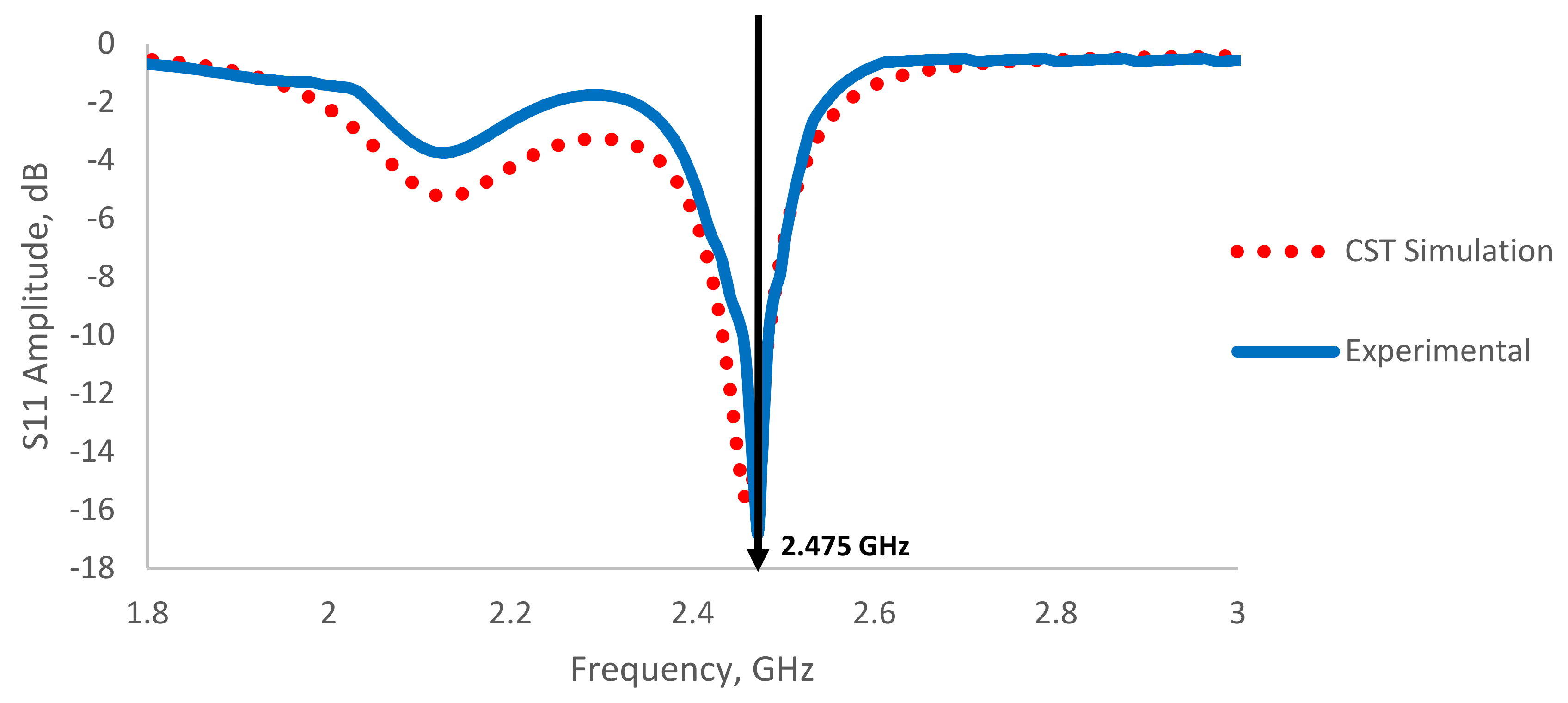
The reconstructed image is analyzed both qualitatively and quantitatively using image quality parameters such as Structural Similarity Index (SSIM) and Mean Squared Error (MSE). The measured S- data are successfully reconstructed into an image using the Compressive Sensing approach. Discrete Cosine Transform (DCT) is selected as sparse dictionary matrix to represent the sparse basis while Basis Pursuit is selected as sparse reconstruction algorithm to reconstruct the sparse signal from measurement data. To meet the framework of Compressive Sensing, a weighted matrix of Discrete Radon Transform (DRT) is created as a projection matrix which delineates the data acquisition scheme in the scanning process. Each layer has different relative permittivity which illustrates the healthy cell and abnormal cell. A two-layer cube phantom acts as the scanned object. Two dipole antennas with 3 GHz frequency are utilized as microwave transmitter and receiver.

In this research, the scanning process is conducted on Computer Simulation Technology (CST) Microwave Studio software.

Compressive Sensing allows reconstruction of a signal with fewer measurements than the conventional approach. In order to reduce the number of measurements, this research proposes a Compressive Sensing (CS) approach for image reconstruction on microwave imaging. However, this method requires a great number of measurements to obtain a well-reconstructed image. The transmission method is one of the methods in microwave imaging which provides fast measurement and simple image reconstruction. These advantages make the microwave imaging convenient for early detection of tumor or cancer.

#Cst microwave studio evaluation portable
Microwave Imaging offers safe, low-cost, and portable method for medical imaging applications.


 0 kommentar(er)
0 kommentar(er)
